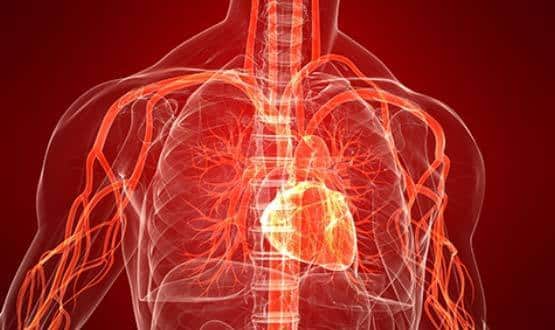The Medicines and Healthcare products Regulatory Agency has launched an investigation into a digital calculator used by some GPs to assess the risk of cardiovascular disease in patients.
The agency is looking at the QRisk2 calculator in TPP’s SystmOne. QRisk2 is an algorithm developed by doctors and academics based on GP and socio-economic data, that is used to estimate a patient’s risk of having a heart attack or stroke over the following ten years.
Patients judged to be at high risk can be prescribed suitable treatment, including statins. QRisk2 is available as an online calculator as well as from within GP systems.
However, the MHRA confirmed this morning that it was “the interaction between QRisk2 and TPP” that had caused the alert, which was first revealed by the GP magazine Pulse.
A spokesperson said: “We are working closely with the company responsible for the software to establish the problem and address any issues identified.
“Clinical advice is that the risk to patients is low, and only a limited number of patients are potentially affected. GPs have been informed and will contact individual patients should any further action be necessary.”
Despite this, GPs contacted by Pulse have expressed concern about the amount of work that could be involved in sorting out the issue.
Deputy chair of the GPC IT subcommittee Dr Grant Ingrams told the magazine: “SystmOne are sending out messages to say ‘look at these patients.’ But then you have to see if the change is significant, and if you would have made a different decision at the time, or put them on a different treatment.”
Other GPs expressed concern that the problem would dent public confidence. In a statement, TPP said: “TPP is dealing with the issue involving the QRisk2 Calculator in SystmOne.
“The tool is intended to support GPs in assessing patients at risk of developing cardiovascular disease and in developing treatment plans. The QRisk2 Calculator is presented within SystmOne as an advisory tool.
“We are actively working with MHRA to ensure the issues identified are addressed and to ensure that clinicians are informed of any patients that may have been affected as soon as possible.”

